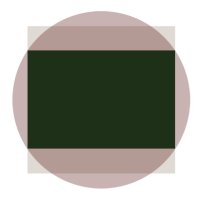Perhaps this absence is a nod towards it being a R1 concept: All of the 1D's have had three wheels and this follows that lead, with one above each of the two shutter releases but then the design necessitates two thumb wheels within the 'gap', labelled 111a and 111b, rather than the single rear thumb wheel of the 1D's.That said, I wouldn't consider this specific patent's design as the exact look of whatever they're considering, it's lacking the third top control wheel that all other R-series cameras have. 0 chance Canon adds a third-wheel to all their photography, including the R3, and then randomly ditches it for another touchbar.
Upvote
0

